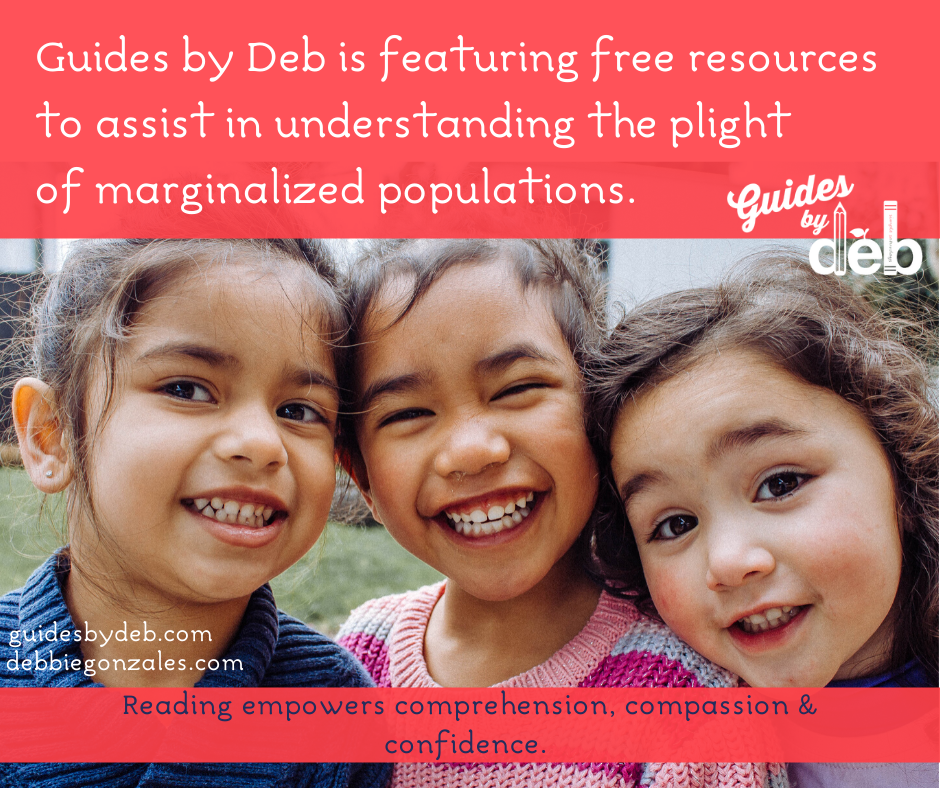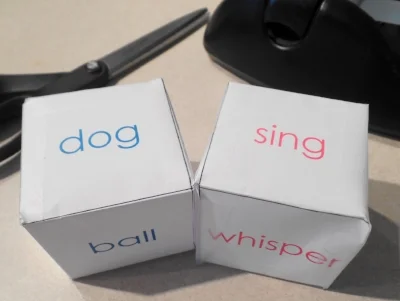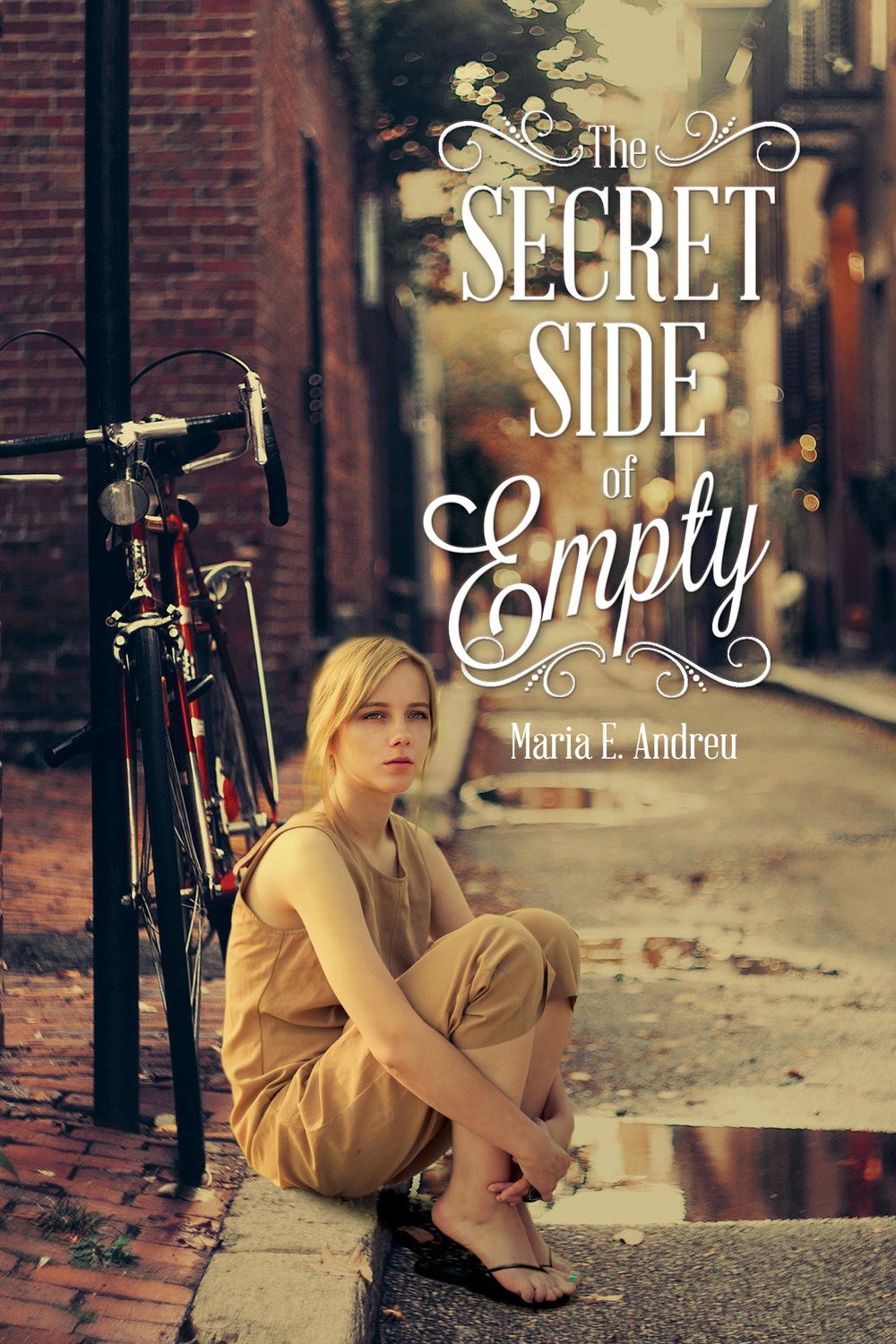William Still and His Freedom Stories written and illustrated by Don Tate (PB): William Still's parents escaped slavery but had to leave two of their children behind, a tragedy that haunted the family. As a young man, William went to work for the Pennsylvania Anti-Slavery Society, where he raised money, planned rescues, and helped freedom seekers who had traveled north. And then one day, a strangely familiar man came into William's office, searching for information about his long-lost family. Could it be?
When You Look Out the Window: How Phyllis Lyon and Del Martin Built a Community written by Gayle Pitman & illustrated by Christopher Lyles (PB): When You Look Out the Window tells the story of Phyllis Lyon and Del Martin, one of San Francisco's most well-known and politically active lesbian couples. Describing the view from Phyllis and Del's window, this book shows how one couple's activism transformed their community —
and had ripple effects throughout the world
We Are Grateful: Otsaliheliga written by Traci Sorell & illustrated by Frane Lessac (PB): The Cherokee community is grateful for blessings and challenges that each season brings. This is modern Native American life as told by an enrolled citizen of the Cherokee Nation. The word otsaliheliga (oh-jah-LEE-hay-lee-gah) is used by members of the Cherokee Nation to express gratitude.
Under the Freedom Tree written by Susan VanHecke & illustrated by London Ladd (PB): Taut free verse tells the little-known story of the first contraband camp of the Civil War—seen by some historians as the
"beginning of the end of slavery in America." In 1863, they bore witness to one of the first readings of the Emancipation Proclamation in the South—beneath the sheltering branches of the tree now known as Emancipation Oak.
This Day in June written by Gayle E. Pitman & illustrated by Kristyna Litten (PB): This day in June…. Parade starts soon…. Rainbow arches…. Joyful marches! In a wildly whimsical, validating, and exuberant reflection of the LGBT community, This Day In June welcomes readers to experience a pride celebration and share in a day when we are all united.
The Angel of Death: The Story of a Mengele Twin in Auschwitz written by Eva Mozes Kor & Lisa Rojany Buccieri (MG): Eva Mozes Kor was just ten years old when she arrived in Auschwitz. While her parents and two older
sisters were taken to the gas chambers, she and her twin, Miriam, were herded into the care of the man known as the Angel of Death, Dr. Josef Mengele. Subjected to sadistic medical experiments, she was forced to fight daily for her and her twin's survival.
The Amazing Age of John Roy Lynch written by Chris Barton & Illustrated by Don Tate (PB): A unique biography
of a remarkable Reconstruction figure. John Roy Lynch spent most of his childhood as a slave in Mississippi, but all of that changed with the Emancipation Proclamation. Suddenly people like John Roy could have paying jobs and attend school. While many people in the South were unhappy with the social
change, John Roy thrived in the new era. He was appointed to serve as justice of the peace and was eventually elected into the United States Congress.
Poet: The Remarkable Story of George Moses Horton written & illustrated by Don Tate (PB): George loved words. But George was enslaved. In this powerful biography of George Moses Horton, the first southern African-American man to be published, Don Tate tells an inspiring and moving story of talent and determination.
My Name is Not Easy written by Debby Dahl Edwardson (MG): My name is not easy. My name is hard like ocean ice grinding the shore...Luke knows his Iñupiaq name is full of sounds white people can’t say. So he leaves it behind when he and his brothers are sent to boarding school hundreds of miles away from their Arctic village. At Sacred Heart School, students—Eskimo, Indian, White—line up on different sides of the cafeteria like there’s some kind of war going on. Here, speaking Iñupiaq—or any native language—is
forbidden.
It Jes’ Happened written by Don Tate & illustrated by R. Gregory Christie (PB): The inspiring biography of self-taught (outsider) artist Bill Traylor, a former slave who at the age of eighty-five began to draw pictures
based on his memories and observations of rural and urban life in Alabama.
Illegal written by Francisco Stork (YA): Life in Mexico is a death sentence for Emiliano and his sister Sara. To escape the violent cartel that is after them, they flee across the border, seeking a better life in the United States and hoping that they can find a way to bring their pursuers to justice.
Hope’s Gift written by Kelly Starling Lyons & illustrated Don Tate (PB): A poignant story celebrating the 150th anniversary of the Emancipation Proclamation. It’s 1862 and the Civil War has turned out to be a long, deadly
conflict. Hope’s father can’t stand the waiting a minute longer and decides to join the Union army to fight for freedom. He slips away one tearful night, leaving Hope, who knows she may never see her father again, with only a conch shell for comfort.
Girls with Guts: The Road to Breaking Barriers and Bashing Records written by Debbie Gonzales & illustrated by Rebecca Gibbon (PB): A celebration of the strength, endurance, and athleticism of women and girls throughout the ages, Girls With Guts! keeps score with examples of women athletes from the late 1800s up through the 1970s, sharing how women refused to take no for an answer, and how finally, they pushed for a law to protect their right to play, compete, and be athletes.
Girl in Reverse written by Barbara Stuber (YA): Being adopted isn't easy - especially when you're seen as a national enemy. A teen seeks the roots of her identity in this stirring novel from the acclaimed
author of Crossing the Tracks.
Feminism from A to Z by Gayle Pitman (YA): A book for all teens — no matter what gender you are — about feminism: what it is, what it means, and how to do it...from A to Z. This Day in June, Feminism From A to Z
is an alphabetical primer on feminism for teen girls. Each chapter examines a topic that offers call-to-action exercises incorporated into each lesson. Includes an introduction to readers on how to use the book and an alphabetical list of ways to take feminist action.
Ellen’s Broom written by Kelly Starling Lyons & illustrated by Daniel Minter (PB): A young girl learns a new meaning for freedom during the time of Reconstruction. Ellen always knew the broom resting above the hearth was special. Before it was legal for her mother and father to officially be married, the broom was what made them a family anyway. But now all former slaves who had already been married in their hearts could register as lawful husband and wife.
Disappeared written by Francisco Stork (YA): A missing girl, a determined reporter, and a young man on the brink combine for a powerful story of choices, suspense, and survival. Siblings Sara and Emiliano will each face impossible choices, between life and justice, friends and family, truth and love. But when the criminals come after Sara, only one path remains for both siblings: the way across the desert to the United States.
Blacksmith Song written by Elizabeth Van Steenwyk & illustrated by Anna Rich (PB): The son of an enslaved blacksmith learns that his father is using the rhythm of his hammering to communicate with travelers on the
Underground Railroad.














































